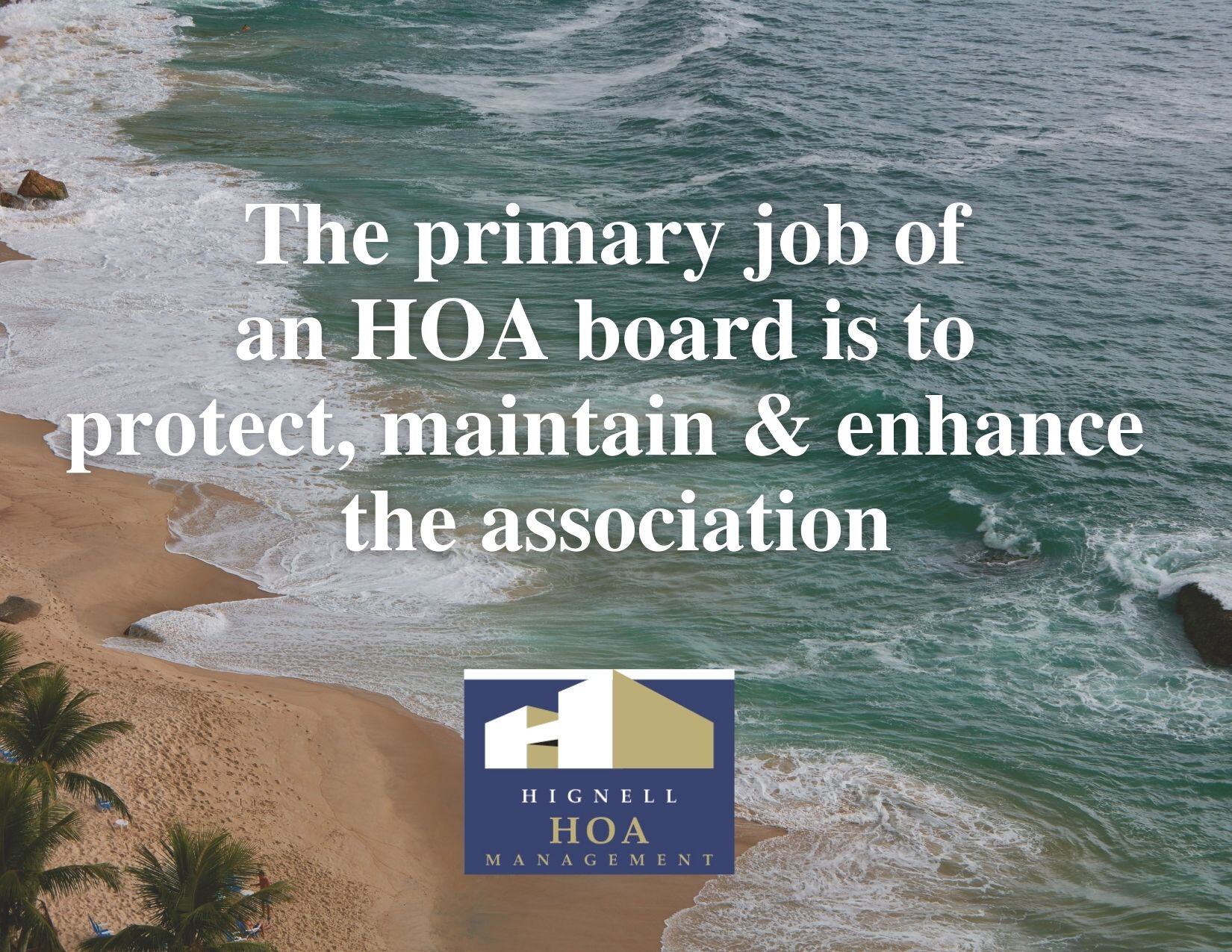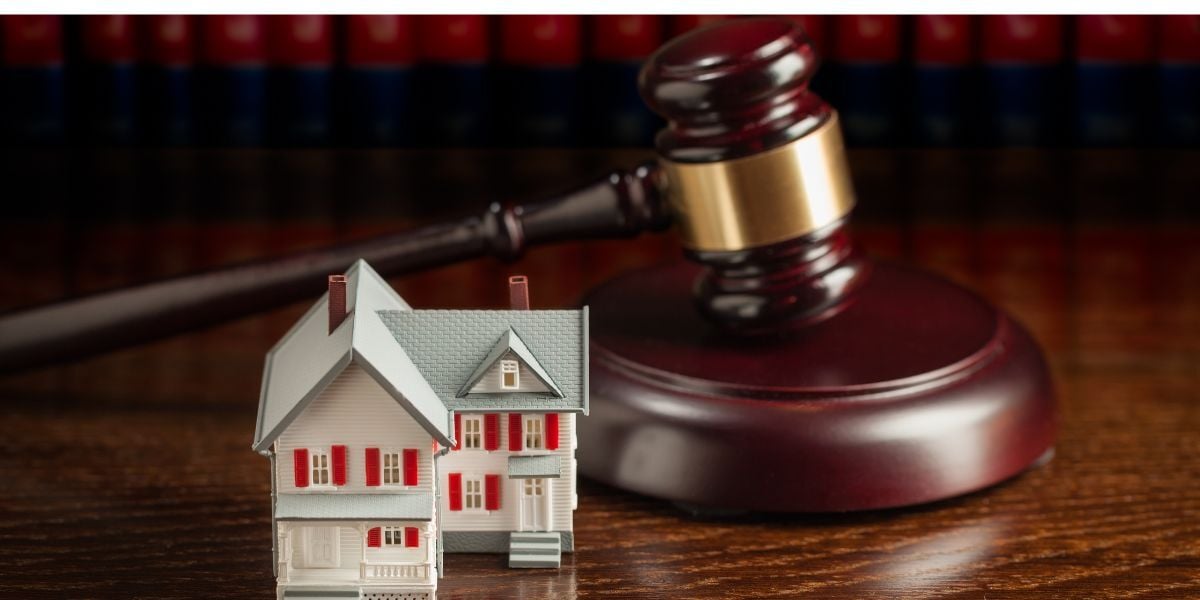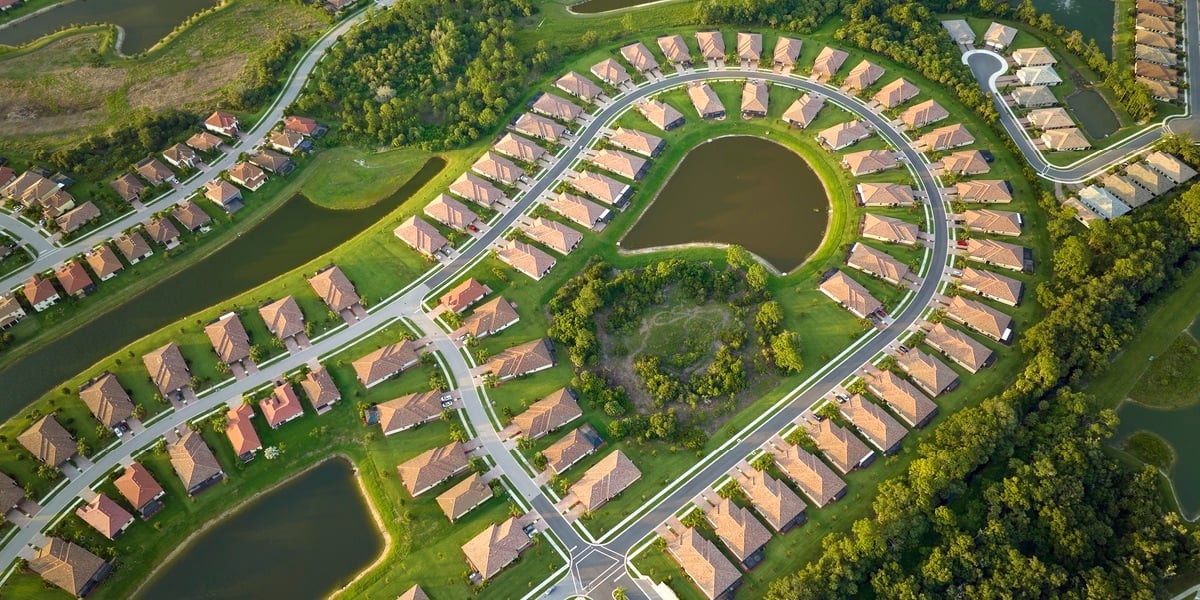 A homeowner’s association’s worst nightmare occurred on June 23, 2021, when a 12-story beachfront condominium in the Miami suburb of Surfside, Florida partially collapsed. Many people died, many were injured, making it one of the deadliest building collapses in American history. It’s important to acknowledge and address a tragedy like this to respect the lives that were lost and the families affected, while also learning from the experience to make sure it doesn’t happen again.
A homeowner’s association’s worst nightmare occurred on June 23, 2021, when a 12-story beachfront condominium in the Miami suburb of Surfside, Florida partially collapsed. Many people died, many were injured, making it one of the deadliest building collapses in American history. It’s important to acknowledge and address a tragedy like this to respect the lives that were lost and the families affected, while also learning from the experience to make sure it doesn’t happen again.
Excerpt from the Adams|Stirling Newsletter:
What happened to Champlain Towers is relevant to California associations. The towers were built in 1981. (Condo construction in California started in the 60s and took off in the 70s.) The Association had no reserves and decades of deferred maintenance. It had low assessments very likely because it was not funding its reserves nor was it maintaining and repairing common areas.
Low Reserves. Unlike California, Florida has no requirement for reserve studies. Everything is voluntary. When the board finally commissioned a study in 2020, Association Reserves, Inc. found the Association was only 6.9% funded--a frighteningly low level that guarantees large special assessments in an association's future.
Water Damage. The enormous amount of deferred maintenance was catalogued in a 2018 structural engineering survey commission by a board that was trying to do the right thing. The recurring theme throughout the 9-page report is water intrusion leading to structural damage. The engineer noted that window frames, balconies, the pool deck, planters, and the entrance drive (over the underground parking) all had waterproofing problems. The report highlighted “abundant cracking and spalling” in concrete columns, beams, and walls. There was also “significant cracking in the stucco exterior façade” (another source of water intrusion and possible mold).
Balconies Damage. Windows and exterior doors in the entire complex were at the end of their useful life and needed to be replaced. Half of the balconies had evidence of deterioration. The engineer noted extensive soffit damage and balcony concrete slab edges experiencing concrete spalling or cracking and water infiltration. He expressed concern about deteriorated framing and recommended further investigation of the balconies. (See Structural Field Survey Report.)
While original design problems seem to be a key factor, even more concerning is the lack of maintenance described in the report and the underfunded reserves.
So, what can HOA boards learn from the Surfside condo collapse? The most important thing an HOA board can do for its association is properly fund the reserves with the purpose of using that money to maintain the common areas.
1. Properly Fund the Reserves
Making sure you are adequately funding the reserves starts with a reserve study. It’s important to know that the law actually requires an Association to update its reserve study every year. Certain expensive common elements must be replaced every 10, 15, or 20 years.
A reserve study involves both a physical and financial analysis. The physical analysis provides a clear list of every component that is a major common area asset in your association, and its anticipated lifespan before repair or replacement is needed.
The financial analysis is done for every physical component in the association, giving you the current replacement cost and the projected replacement cost for the future when each component is projected to need replacement or maintenance.
Part of preparing the budget includes calculating how much money the Association must set aside each year so that the needed funds are available when large projects are due to start. An HOA board should work closely with a reserve specialist to make sure that the estimated funds are as accurate as possible.
2. Don’t try to defer maintenance in an effort to keep assessments low
The reserves are funded for a reason! Instead of avoiding maintenance altogether, look at strategic options that you may have to enhance or extend the life of reserve items. For example:
- You may choose to pay the higher price for good quality primer or paint that will last longer. An extra year in the life of your paint job will save you significant labor costs over time.
- Consider longer lasting options rather than just using the same materials as before. For example: 40-year roofs instead of 30-year, metal or TPO instead of rolled (hot tar) roofing, and cement fiber siding instead of wood products.
- Use experts in their field to give you input and options for repairs. For example, this may be very helpful with roads or asphalt. Should you patch and seal, do an overlay or remove and replace? You want to get the best result for your money, considering the conditions of your roads and the life expectancy of different repair options.
3. Pay attention to laws & legislation
It’s also crucial that HOA boards pay attention to and stay up to date on laws and legislation in your state. For example, California has a balcony inspection requirement. Laws like this are ever-changing and there to keep HOA members safe.
Ultimately, the safety and well-being of homeowner’s association residents should be first and foremost. While there were a lot of factors at play in the Surfside condo collapse, hopefully it can be a wake-up call for HOA board members and homeowners to properly fund the reserves and stay up-to-date on regular maintenance.
The primary job of an HOA board is to protect, maintain and enhance the association – but it can be a time-consuming job to keep up with it all. If you feel “in over your head” as an HOA board member Hignell HOA Management can help you make sure all your bases are covered.










